SARO is once again looking for more Ham Volunteers to step up and help with this annual event.
Coordinating this year’s event is MaryAnne N5MYN, Charlie KC5NKK, and Lee N5NTG.
C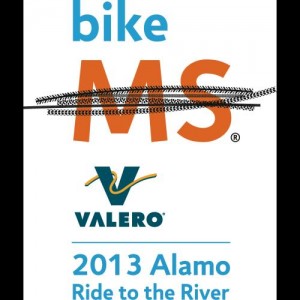 harlie KC5NKK is the point of contact for ham volunteers and assignments. MaryAnne N5MYN is interfacing with the Tour Director and event staff. Lee N5NTG is coordinating the SAG teams, van pick-up and day of the event assignments.
harlie KC5NKK is the point of contact for ham volunteers and assignments. MaryAnne N5MYN is interfacing with the Tour Director and event staff. Lee N5NTG is coordinating the SAG teams, van pick-up and day of the event assignments.
We know that we need a minimum of 32 amateur licensed volunteers. In addition, we would really like to have co-pilots for the SAGs (amateur license not required).
Below is some information about what we’ll need in order to cover this event “at a minimum.” Obviously, we want to exceed this minimum and be ready to do this ride the right way, the SARO way!
At present time (7/25/2013), we have 29 who have said “yes” plus 4 SAG co-pilots, so we have a lot of recruiting to do yet. We would like to have at least 5 “spares” to cover last minute cancellations. If you have friends or acquaintances (or even people you don’t like) who would consider helping (licensed or not) please contact them and let us know if you get any interest.
There will be some route changes, mostly on Day 1, such as avoiding FM1346 thru St. Hedwig. After many years, and no repairs being made to the large cracks along this stretch of FM1346, some big enough to swallow a rider and his/her bicycle (just kidding), the route committee decided enough was enough.
The new route on Day 1 drops south and goes around St. Hedwig, which forced the one rest stop. In addition. one of the churches we normally used in the past, apparently has a wedding scheduled for that weekend and for some strange reason, the bridal party didn’t think that them working a rest stop would fit into their plans.
We need several things from you. We need a volunteer agreement executed. The strongest preference is to do it on line. Instructions will be emailed to you when you sign up to work this event. This form is required of every volunteer for each event. Even if you helped with the BP ride this Spring, this form needs to be executed again for our ride. The main reason for doing one for each event is this is the way that the MS office knows who you are so they can send you “thank you’s” and appreciation party invitations.
Read the rest of this entry »

 Our 30th Anniversary!
Our 30th Anniversary! 
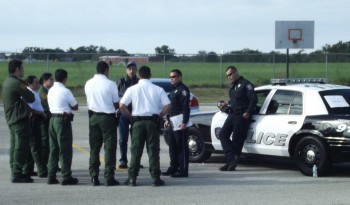 Well, it’s that time again for the 6th annual Alamo Area Law Enforcement Explorer Competition (AALEEC) which will be held this year on Saturday October 19th, 2013 at the Southwest High School 11960 Dragon Lane, San Antonio, TX 78252. (Loop 1604 & Old Pearsall Rd on the SW side of San Antonio.)
Well, it’s that time again for the 6th annual Alamo Area Law Enforcement Explorer Competition (AALEEC) which will be held this year on Saturday October 19th, 2013 at the Southwest High School 11960 Dragon Lane, San Antonio, TX 78252. (Loop 1604 & Old Pearsall Rd on the SW side of San Antonio.) harlie KC5NKK is the point of contact for ham volunteers and assignments. MaryAnne N5MYN is interfacing with the Tour Director and event staff. Lee N5NTG is coordinating the SAG teams, van pick-up and day of the event assignments.
harlie KC5NKK is the point of contact for ham volunteers and assignments. MaryAnne N5MYN is interfacing with the Tour Director and event staff. Lee N5NTG is coordinating the SAG teams, van pick-up and day of the event assignments.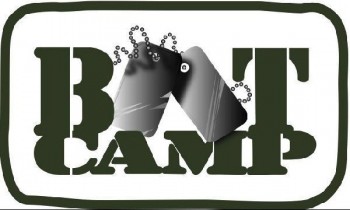 SITE SURVEY – An Important Detail For Longer-Term (over a day) Emergency Communications Deployment
SITE SURVEY – An Important Detail For Longer-Term (over a day) Emergency Communications Deployment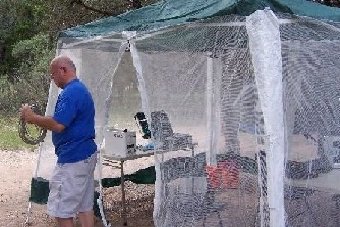 Threat Assessment –
Threat Assessment –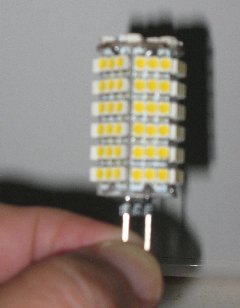 I have experimented with all types of 12 volt lighting methods and have come to the conclusion that a system using SMD (surface mounted light emitting diodes) gives you the most illumination per watt. Using other 12 volt lights, such as fluorescent systems, can have a high rate of failure. You don’t want your lighting to go out in the middle of emergency work.
I have experimented with all types of 12 volt lighting methods and have come to the conclusion that a system using SMD (surface mounted light emitting diodes) gives you the most illumination per watt. Using other 12 volt lights, such as fluorescent systems, can have a high rate of failure. You don’t want your lighting to go out in the middle of emergency work.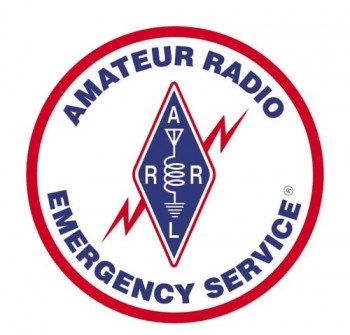 Bexar County ARES meets monthly on the first Tuesday of the month, at 6:45pm.
Bexar County ARES meets monthly on the first Tuesday of the month, at 6:45pm.